- Home
- international
- news
- I toured a farm that ethically harvests shrimp and it taught me how gross seafood production is. Here's a look inside.
I toured a farm that ethically harvests shrimp and it taught me how gross seafood production is. Here's a look inside.
Kaila Yu

Writer Kaila Yu visited a shrimp farm in LA to learn about shrimp harvesting practices.Kaila Yu/Insider
- I visited a sustainable shrimp farm called TransparentSea in Los Angeles, California.
- Inside, the warehouse was filled with tanks for the shrimps' various stages of growth.
Shrimp is the most consumed seafood in the US, but some shrimp companies are less than transparent about their supply chains — and some have even been tied to slave labor practices outside of the country.
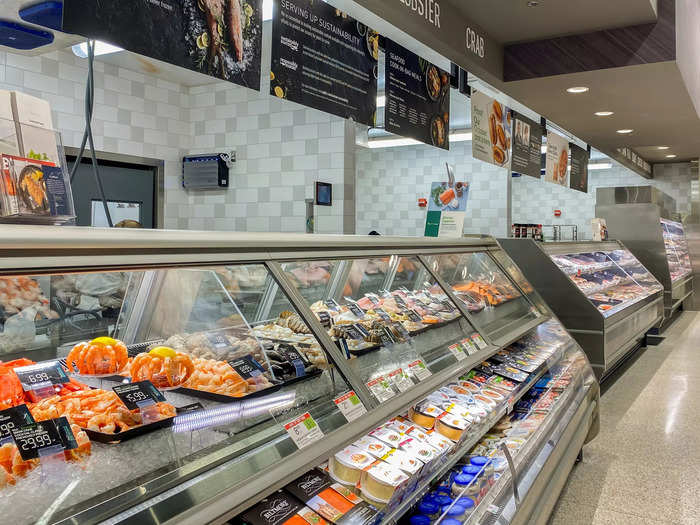
The seafood display in a Publix in Florida. Joey Hadden/Insider
The seafood industry also contributes heavily to ocean and waterway pollution across the globe as well as the decline in mangroves.
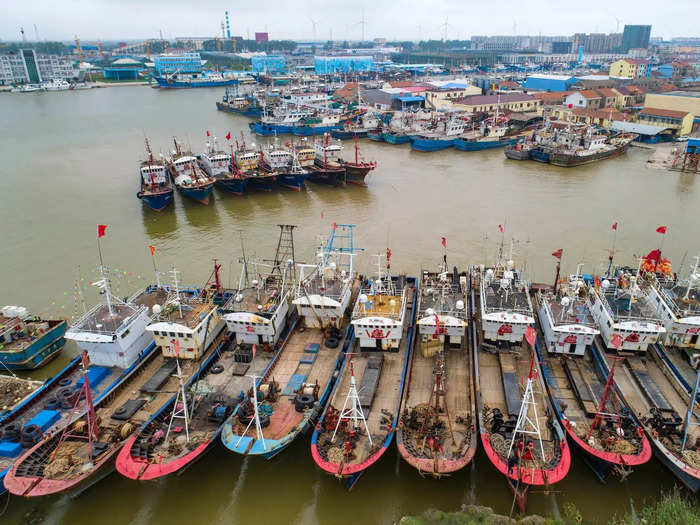
Fishing boats moored at the Huangsha Port in Sheyang, Yancheng City, in eastern Jiangsu Province, China, May 4, 2021. Costfoto/Barcroft Media via Getty Images
Source: The New York Times
Mangroves act as buffers against storms and are the home to wildlife like fish, reptiles, mollusks, crabs, and more, but they're often destroyed and cleared to make way for ponds for shrimp production.
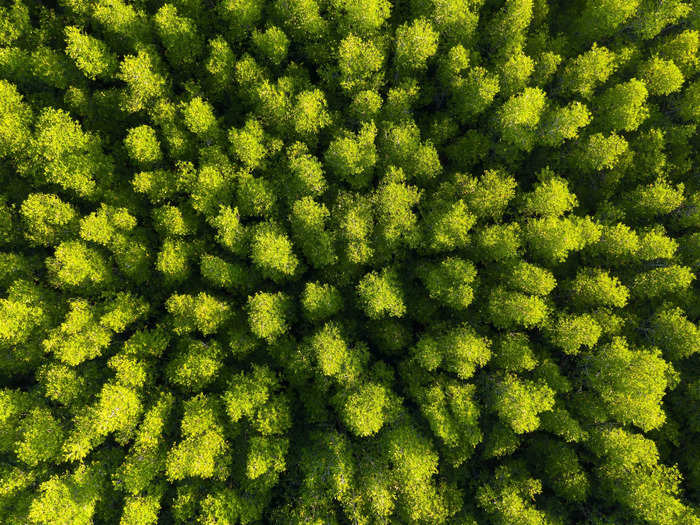
Kiyoshi Hijiki/Getty Images
Source: World Wildlife
'Bycatch,' the marine life accidentally caught during commercial fishing like dolphins, rays, and turtles, is also an issue — almost 2 billion pounds of it is thrown away by US commercial fishermen each year.
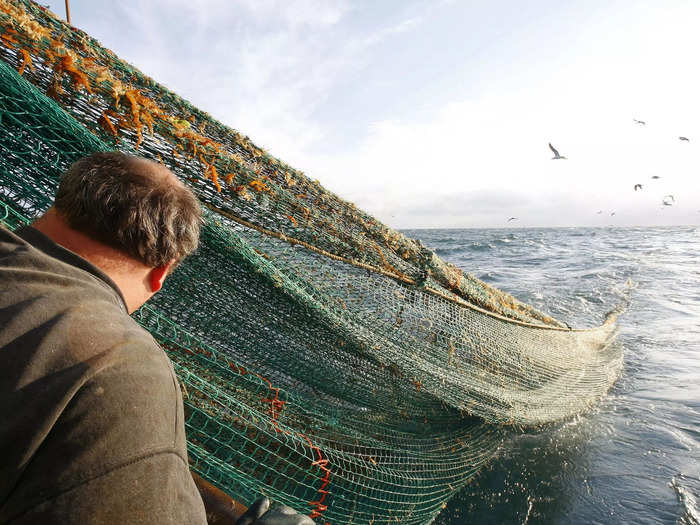
Subsea cables need to be buried to protect them trawler nets like this one. Sylvain Lefevre/Getty Images
Source: World Wildlife, NPR
An urban shrimp farm in Los Angeles, TransparentSea, is trying to change all of that by producing local, ethically harvested shrimp.
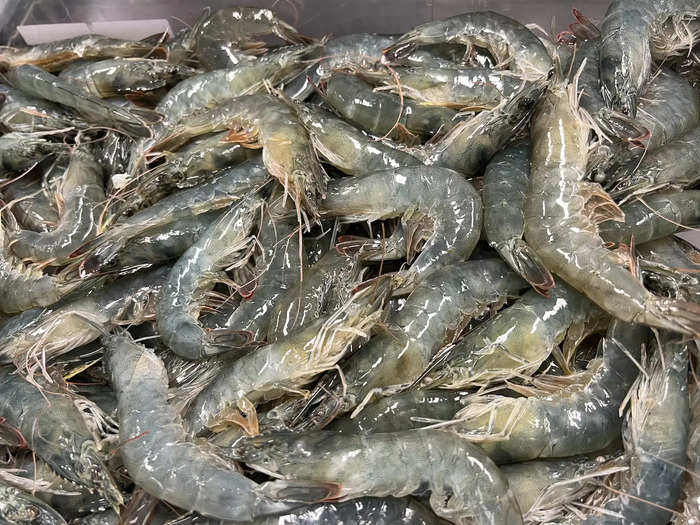
Kaila Yu/Insider
Source: TransparentSea
I visited the farm, which was opened in 2020 and is located in a commercial warehouse in Downey, California.
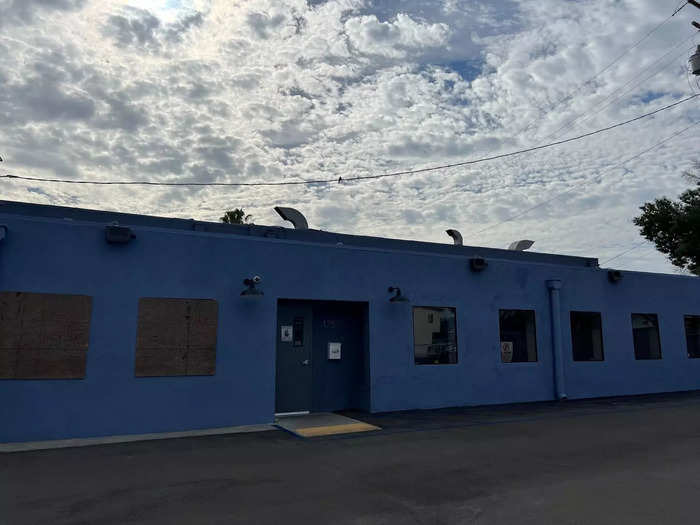
Kaila Yu/Insider
The 18,000-square-foot warehouse produces over 500 pounds of shrimp a week, according to the farm's founder Steve Sutton.
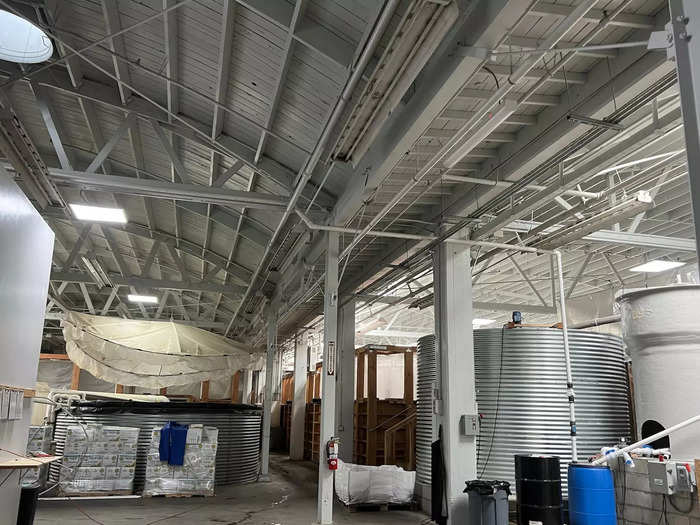
Kaila Yu/Insider
They farm indigo-toned prawns, which are never frozen and sold fresh to local restaurants and customers at the Santa Monica Farmers Market.
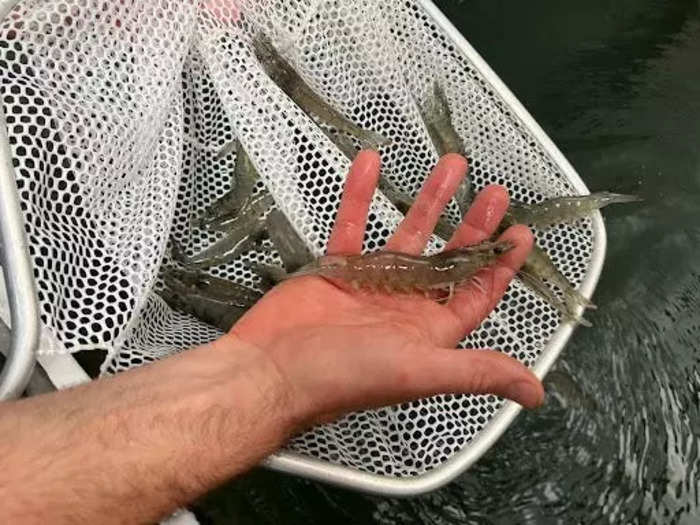
Kaila Yu/Insider
TransparentSea's president and founder, Steve Sutton, is an aquaculture scientist.
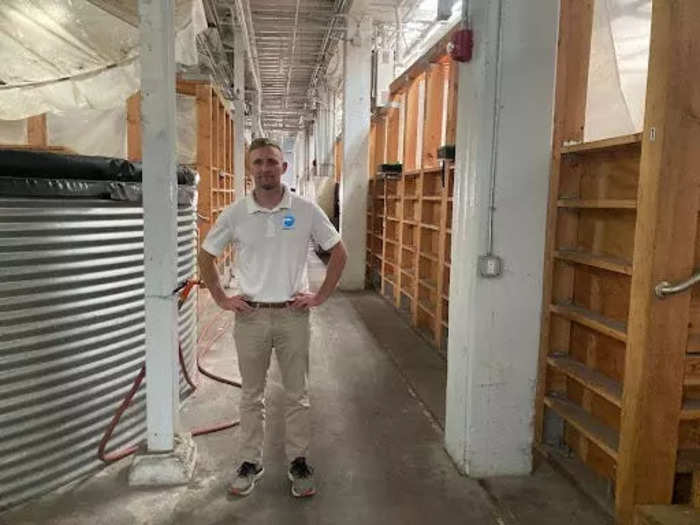
Kaila Yu/Insider
He and his engineering partner Douglas Ernst designed most of the systems used at the farm using aquarium technologies to filter and recycle the water supply.
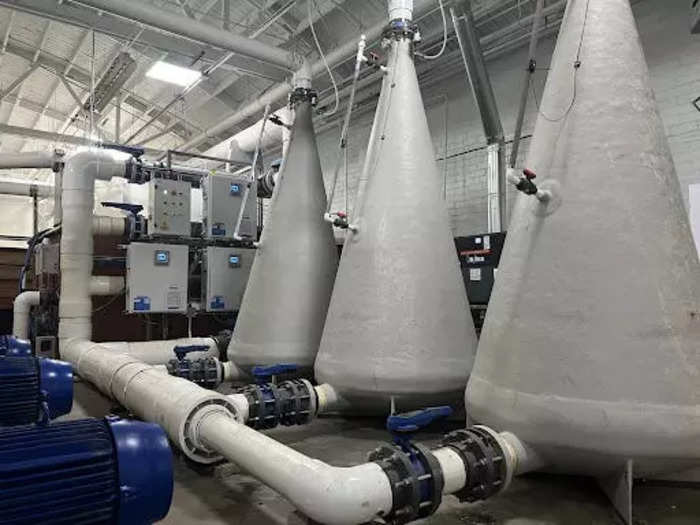
Kaila Yu/Insider
The extensive filtration system keeps the water clean and filtered, a step many shrimp farms skip, which Sutton said results in shrimp living in their own waste and being unhealthy.
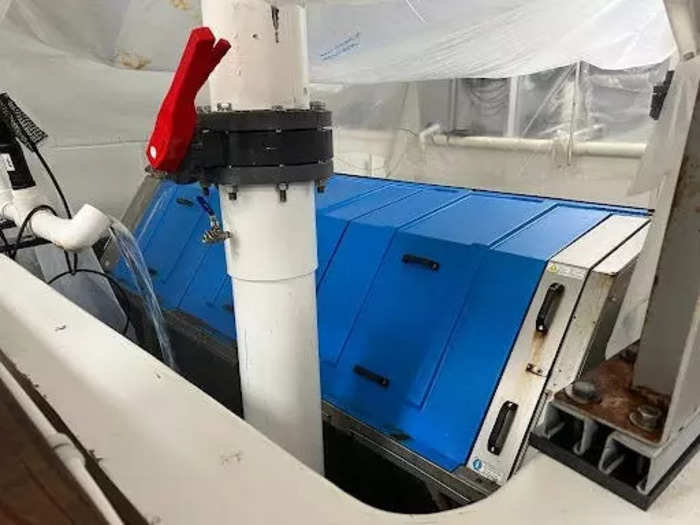
Kaila Yu/Insider
I sampled some of TransparentSea's shrimp myself, which tasted great raw. It tasted nothing like the mushy and watery shrimp I've bought at the grocery store, much of which is chemically treated.
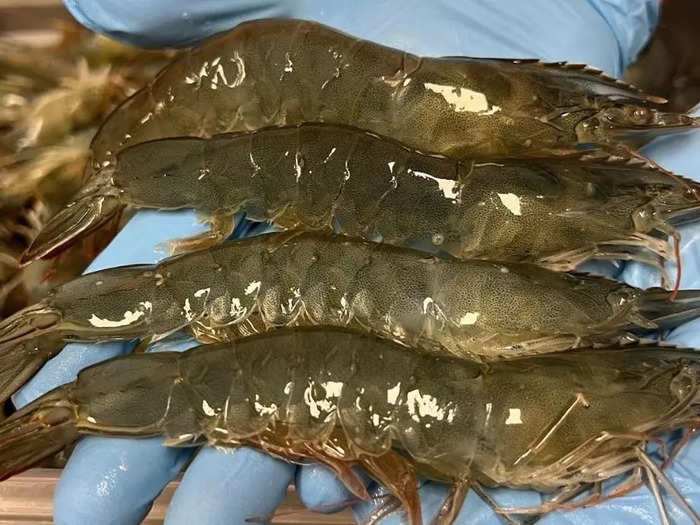
Writer Kaila Yu visited a shrimp farm in LA to learn about shrimp harvesting practices first-hand. Kaila Yu/Insider
Source: The New York Times
Sutton told me it's OK to eat their shrimp raw the same day it's harvested because it's fresh and untreated. They don't add any pesticides, antibiotics, or hormones in the growing process, and no preservatives during or after harvest.
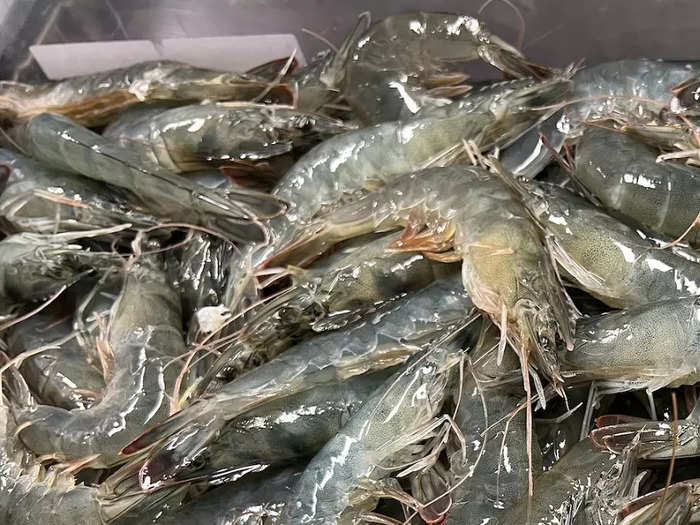
Kaila Yu/Insider
Inside the warehouse, this tank houses the 2-week-old baby shrimp that TransparentSea buys from a hatchery in Florida.
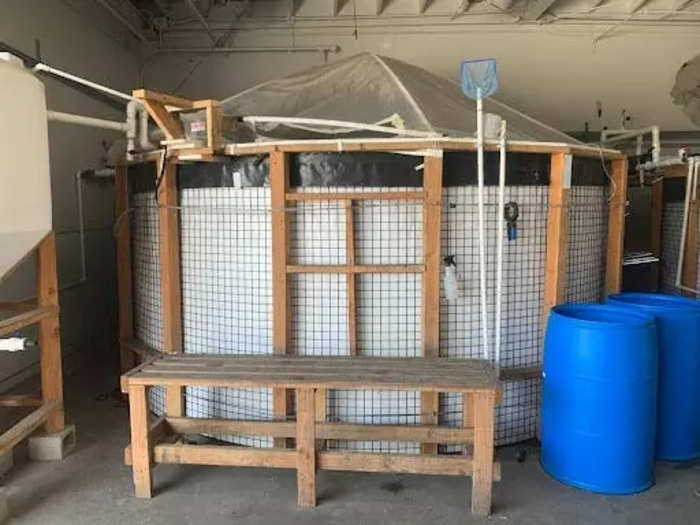
Kaila Yu/Insider
For 3 to 4 weeks, the baby shrimp live in this first tank and are fed fish meal pellets to grow healthy and strong.
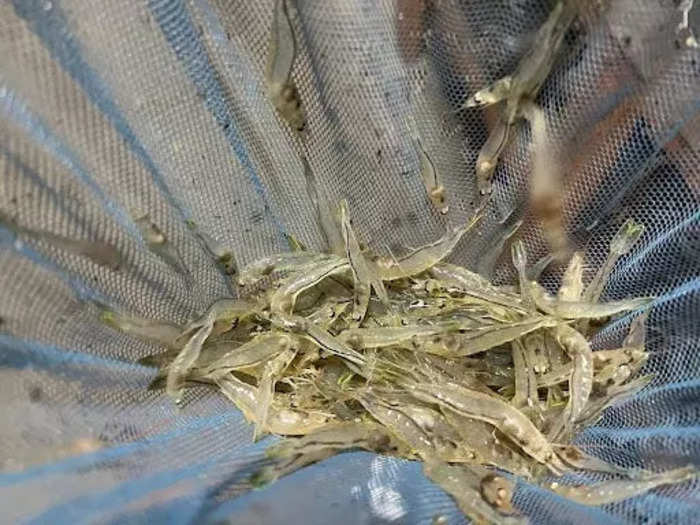
Kaila Yu/Insider
Next, the shrimp are moved to a second, larger tank where they grow for 8 to 9 more weeks until they reach about one ounce in size and are ready to be harvested.
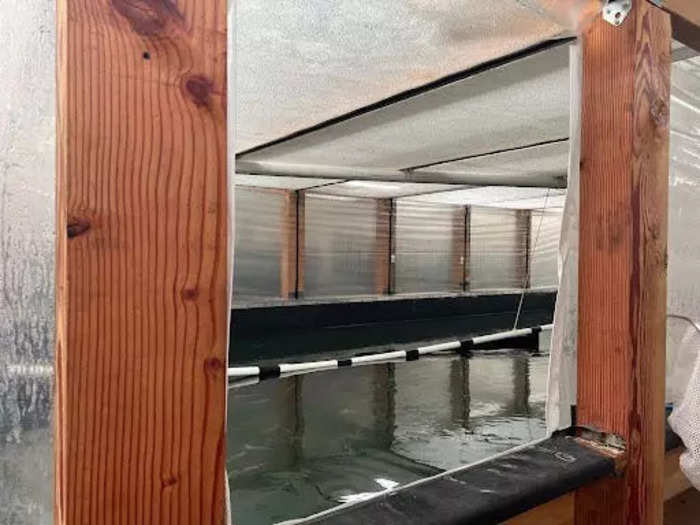
Kaila Yu/Insider
These shrimp are a couple of weeks from harvest and will head directly to a customer afterward.
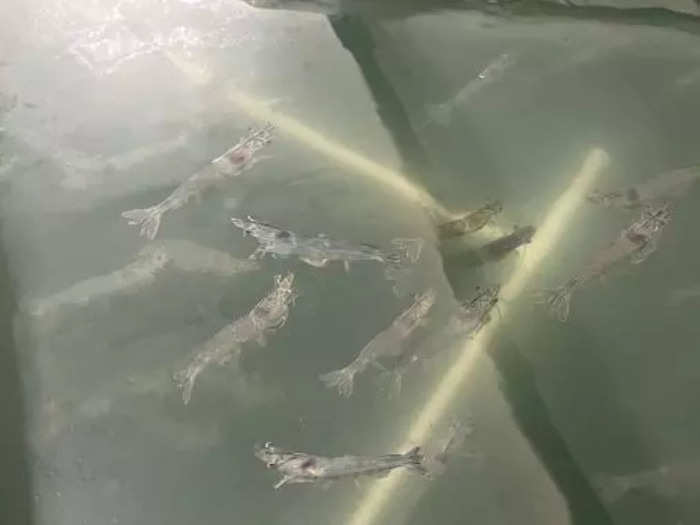
Kaila Yu/Insider
The growing shrimp are fed small pellets, purchased from a US vendor, that are made of fish parts, fish oil, and some plant protein and starches.
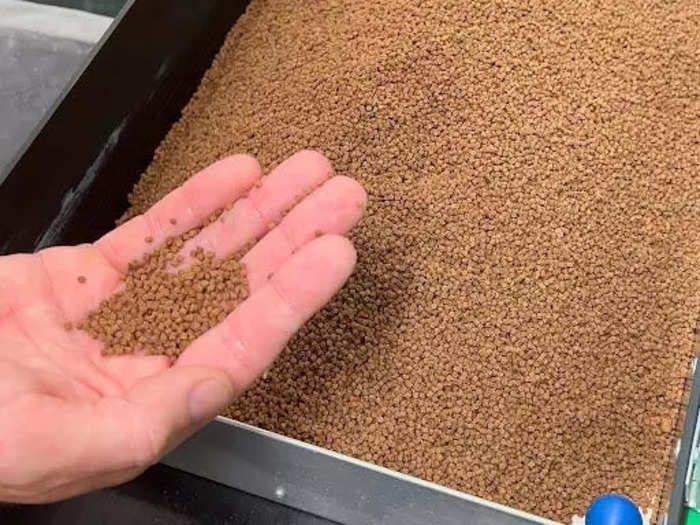
Kaila Yu/Insider
The shrimp are harvested every Tuesday and Friday and reap about 300 to 400 pounds per batch.
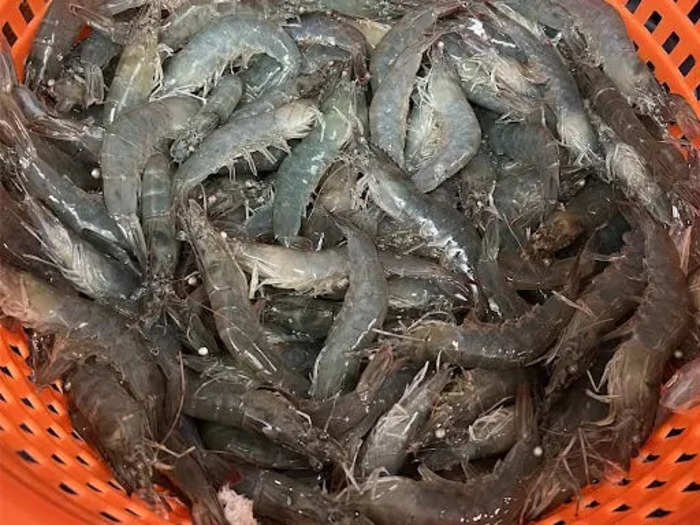
Kaila Yu/Insider
To harvest, one or two of the three aquaculture technicians throws on a wetsuit to jump in the tank and wind a giant net around the tank to trap the shrimp.
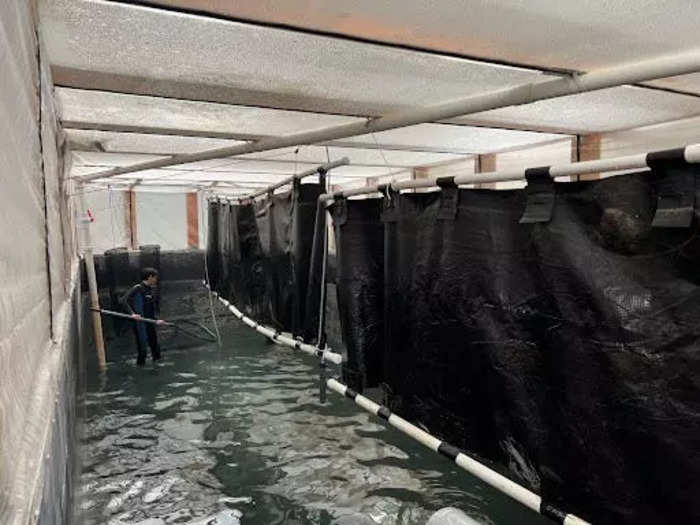
Kaila Yu/Insider
Before sorting, the shrimp are killed in cold water and die within a minute, which Sutton said is the most humane method and the best way to preserve quality.
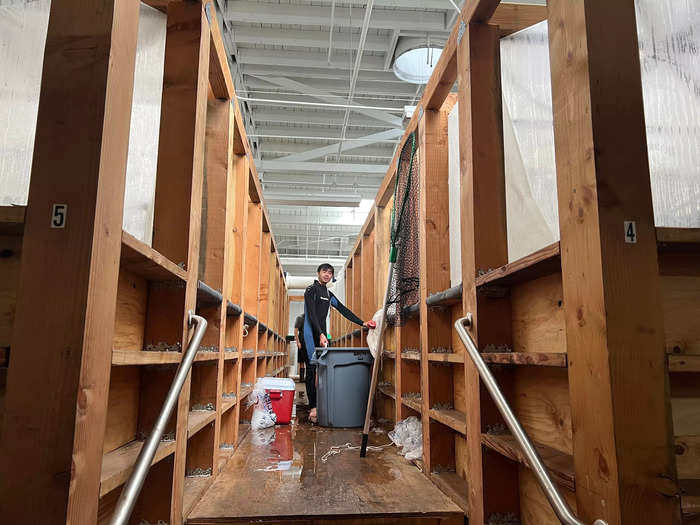
Kaila Yu/Insider
While many farms dump the shrimp into a bath of chemicals before the ice water, TransparentSea avoids any chemical treatment.
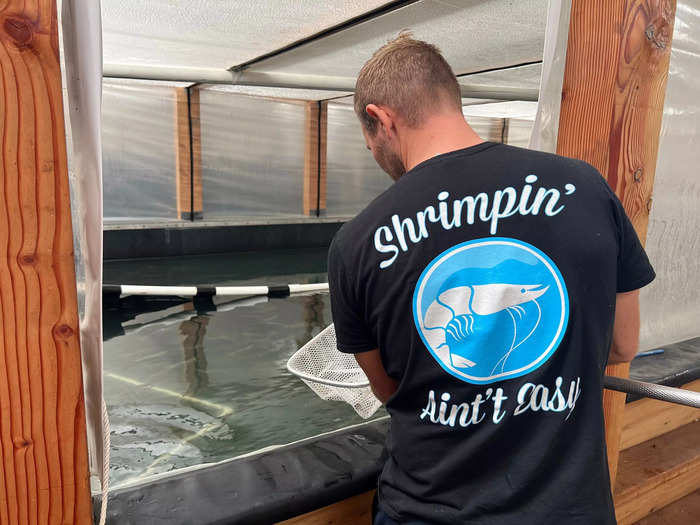
Kaila Yu/Insider
Source: The New York Times
Next, the shrimp are transferred to the sorting room and sorted by size.
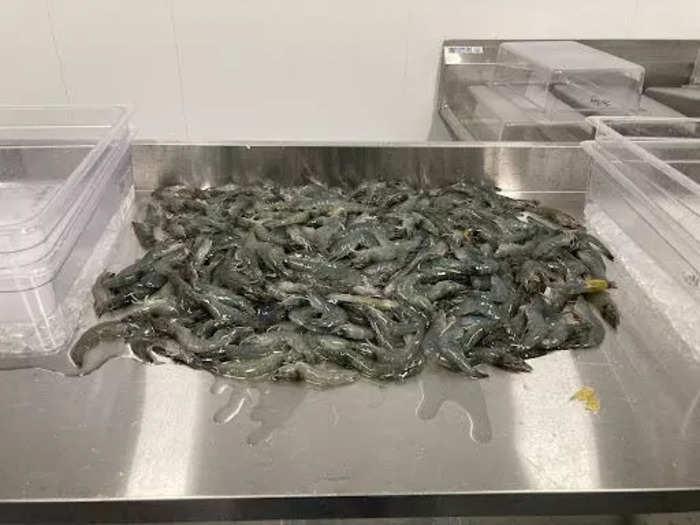
Kaila Yu/Insider
They're out on the table for no more than 20 minutes before going on ice and heading out for delivery.
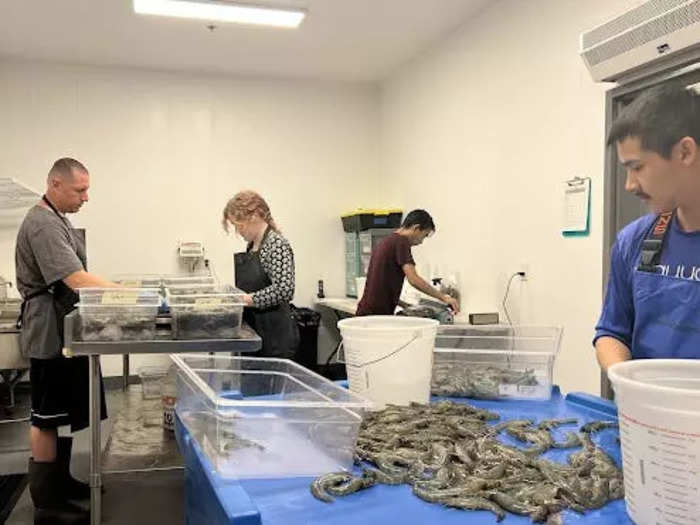
Kaila Yu/Insider
Sutton said the average shrimp changes hands 7 to 8 times and is frozen and thawed 2 to 3 times before reaching the consumer, so beyond not being fresh, the texture and taste is deteriorated.
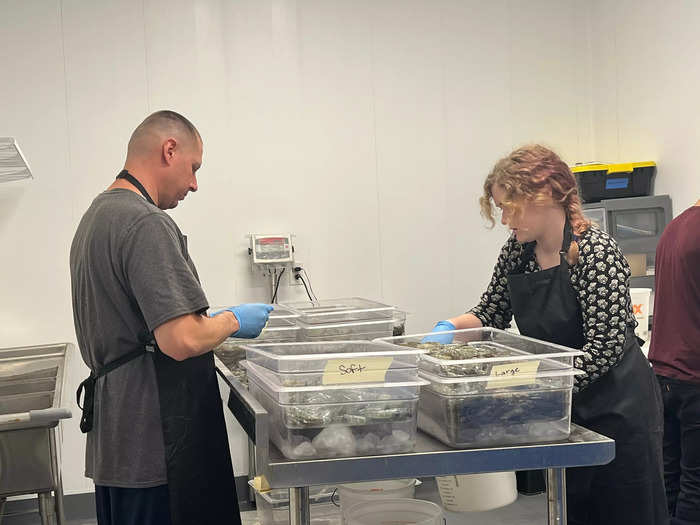
Kaila Yu/Insider
Since TransparentSea sorts all of their shrimp by hand, unlike other factories that sort by machine, they can offer a unique product — soft shell shrimp. This shrimp is extremely delicate and can be eaten without peeling the shell.

Kaila Yu/Insider
By 11 a.m. on harvest days, the shrimp goes out for delivery, 70 to 75% of which goes to local restaurants.
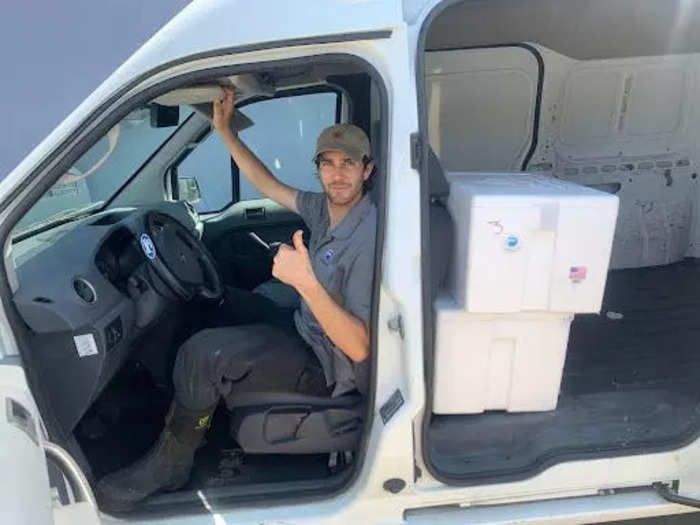
Transparent Sea farm technician Diego Lopez heading out for deliveries. Kaila Yu/Insider
They don't use distributors because it's common for dishonest distributors to substitute inferior products, Sutton said.

Kaila Yu/Insider
Source: The Fish Site
This summer, TransparentSea plans to open part of the warehouse as a storefront and launch 'shrimp fishing' to the public, a fun activity that's popular in Asia.
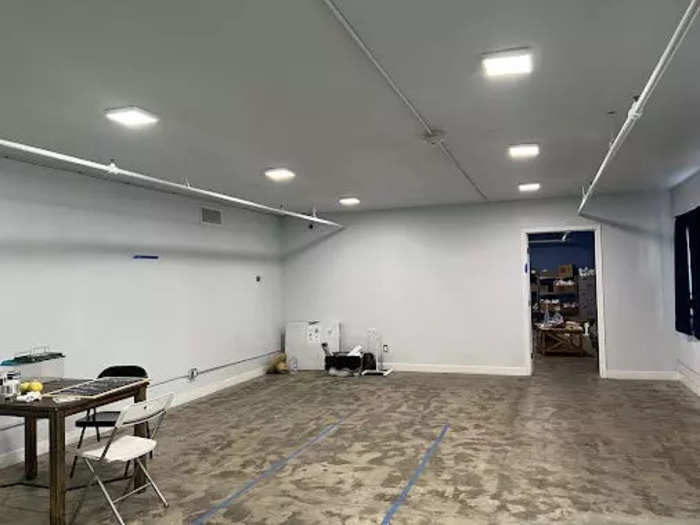
Kaila Yu/Insider
Source: The Next Somewhere
My visit to the shrimp farm was an eye-opening experience and changed the way that I look at all seafood. It also made me decide to stop purchasing fish and shrimp from the supermarket, and support local distributors and fresh farmers' markets instead.
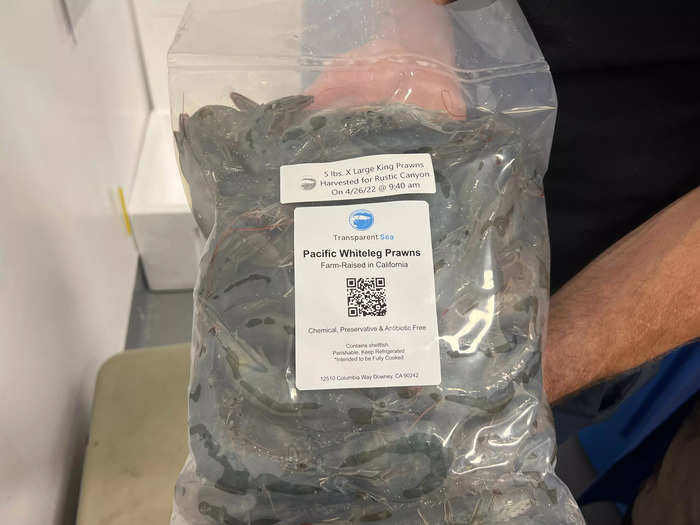
Kaila Yu/Insider
READ MORE ARTICLES ON
Popular Right Now
Popular Keywords
Advertisement